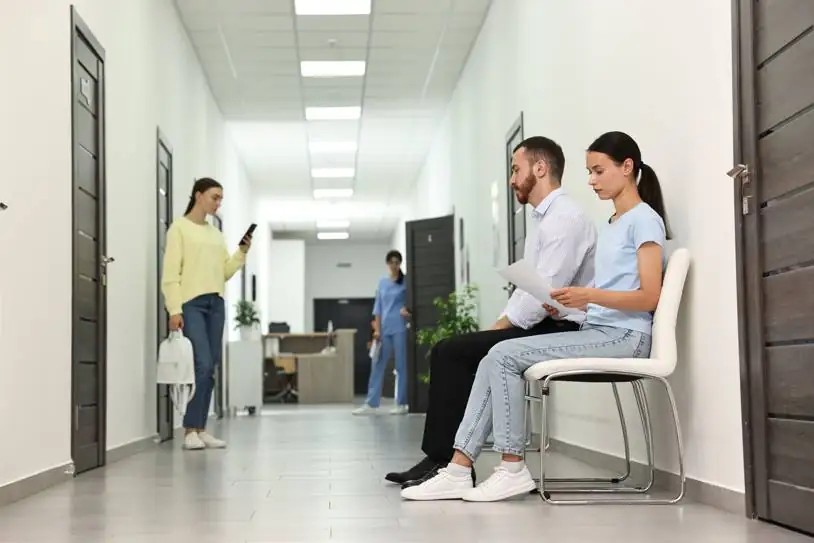
Walk-in clinics are revolutionizing healthcare by providing same-day care, eliminating scheduling barriers, and reshaping patient expectations. They are reshaping modern medicine by setting a higher standard for accessibility and efficiency.
With growing consumer demand for accessible healthcare—especially outside typical business hours—services like weekend urgent care are crucial in meeting the needs of today’s fast-paced society. Walk-in clinics are becoming increasingly popular due to their accessibility, allowing patients to receive urgent care on weekends and evenings, reducing disruptions to work, school, and family life. This shift in healthcare access is rewriting the patient experience, making it easier to address acute illnesses and preventive care.
Walk-in clinics have experienced significant growth in the last decade, becoming a mainstream healthcare solution for a diverse population. In states like New Jersey, urgent care centers increased by 39% between 2015 and 2021. These clinics cater to modern patients' demands for quality and expediency, offering services during evenings and weekends and being located in convenient retail spaces. They have become essential for non-emergency healthcare, especially those without a primary care provider or office hours.
Walk-in clinics offer a wide range of healthcare services, including minor injury treatment, sudden illness care, preventive health services, on-site diagnostic capabilities, and support for chronic conditions. They provide rapid treatment, real-time diagnosis, and ongoing monitoring for stable conditions. Walk-in clinics are popular for their transparent pricing and lower out-of-pocket costs compared to hospital or ER visits. Their affordability, accessibility, and comprehensive service make them an indispensable option for those without insurance, high-deductible plans, or needing timely care after work or school.
Walk-in clinics have significantly reduced non-emergency visits to hospital emergency departments, freeing up space for more serious emergencies and reducing costs. Studies show that these clinics divert non-emergent cases from the hospital, resulting in more efficient resource allocation, shorter wait times, and an improved patient experience. This approach also saves lives and streamlines healthcare costs.
Retail giants are integrating walk-in healthcare services into their infrastructure, offering urgent and primary care, lab services, and chronic condition care management. This collaboration aims to improve public access and convenience by integrating primary care offices within retail stores, allowing patients to conveniently access groceries, prescriptions, and wellness exams in one location. As noted in Health Affairs, these innovative models are poised to become even more common as healthcare continues to adopt a retail mindset.
Walk-in clinics face financial sustainability challenges due to high operating costs, varying insurance reimbursements, and intense market competition. These risks can force operators to rethink expansion, staffing, and service offerings, potentially impacting patients. Regulatory hurdles, such as differing laws across states, can also hinder national expansion and require complex compliance strategies. These challenges can delay new clinic openings, restrict procedures, and create administrative burdens, limiting growth and service flexibility.